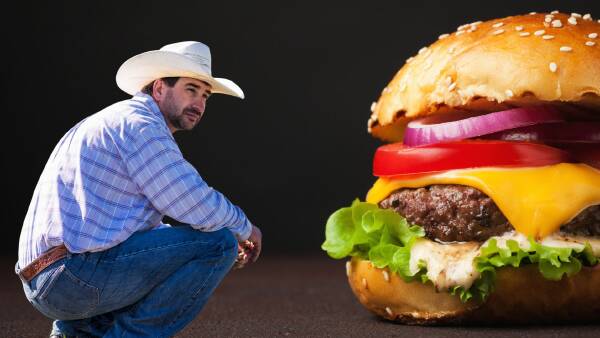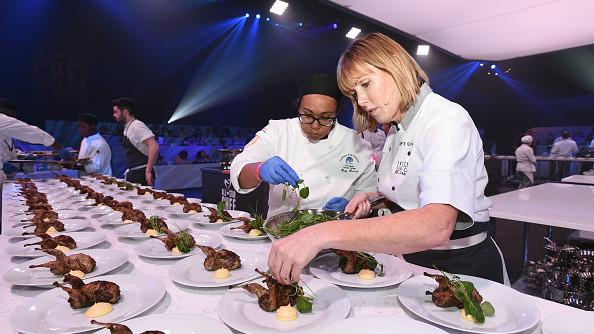Farmers in both the United States and Australia are seeing their profits diminish due to the growing monopoly of supermarkets. In the US, producers receive only 16 percent of the revenue from a typical $30 purchase of popular barbecue items.
Impact on Farmers
The financial strain on farmers is becoming increasingly evident as supermarkets continue to dominate the retail market. According to industry reports, the gap between what consumers pay and what farmers earn is widening, leading to significant concerns about the sustainability of agricultural livelihoods. In the US, while consumers enjoy a range of affordable BBQ options, the producers behind these items see only a fraction of the sales revenue.
In Australia, the situation mirrors that of the US. Farmers are facing similar challenges, with profit margins shrinking as supermarket chains exert more control over pricing and distribution. The power imbalance has placed farmers in a precarious position, forcing many to reassess their business models or risk financial instability.
Economic Ramifications
The economic implications of this trend are significant. As supermarkets leverage their position to dictate terms, farmers struggle to maintain profitability. The disparity in earnings not only affects individual farmers but also has broader consequences for rural economies that depend on agricultural success.
Moreover, the reduced income for farmers can lead to a decrease in investment in farming operations, affecting productivity and innovation in the sector. This could result in long-term impacts on food supply chains and pricing for consumers, potentially leading to higher costs in the future.
Efforts to address these challenges are ongoing, with farmers and industry advocates calling for measures to ensure fair pricing and support for agricultural producers. As these discussions continue, the need for a balanced approach that benefits both retailers and producers becomes increasingly urgent.
By examining the current dynamics and understanding the financial pressures facing farmers, stakeholders hope to foster a more equitable distribution of profits throughout the supply chain, securing the future of farming in both the US and Australia.





























































